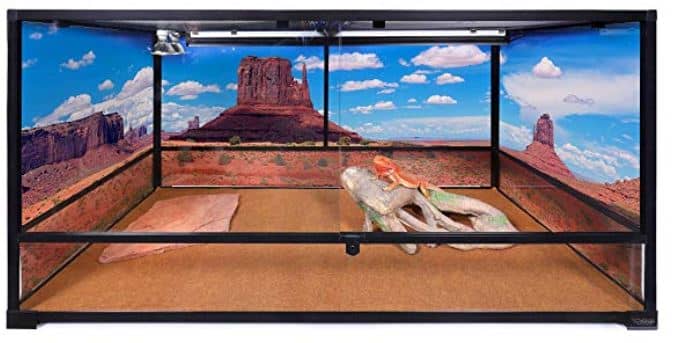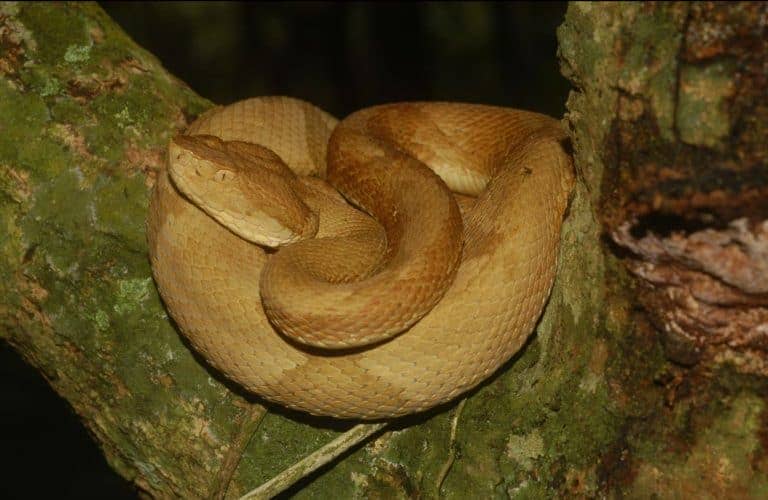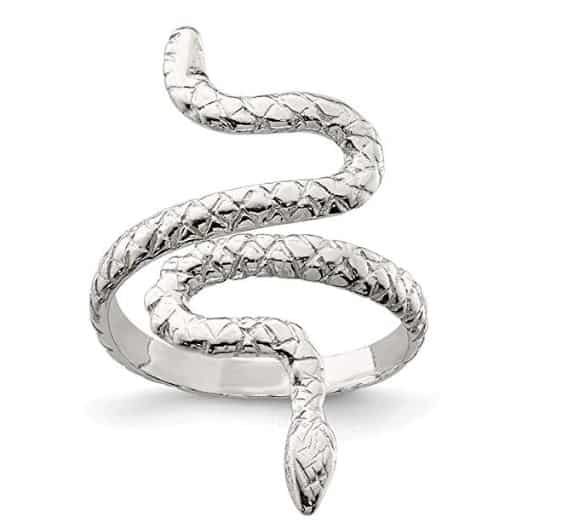Choosing the perfect home for your pet snake isn’t just about style — it’s about survival, comfort, and making your reptile thrive. A terrarium that mimics your snake’s natural environment can make a huge difference in its health and behavior. In this ultimate guide, we’ll walk you through everything you need to know about snake terrariums — from setup to accessories and top product recommendations.
Understanding Snake Habitat Needs
Temperature and Humidity
Snakes are cold-blooded creatures. That means they rely on their environment to regulate their body temperature. Without proper heat and humidity, your snake can become stressed, sick, or inactive. Different species have different needs. Ball pythons, for example, need humidity levels between 50–60% and a basking spot of around 90°F.
Lighting and UVB Needs
Not all snakes require UVB lighting, but having a day/night cycle helps regulate their internal clock. Some species like garter snakes may benefit from low levels of UVB. Use timers for consistency.
Hiding Spots and Security
A stressed snake is an unhealthy snake. Every terrarium should have at least two hiding spots — one on the warm side and one on the cool side. This helps the snake feel secure while thermoregulating.
Space Requirements Based on Species
Small snakes like corn snakes do well in 20–40-gallon tanks. Larger species like boas need at least 4x2x2 feet enclosures. Always go bigger when in doubt — snakes love to stretch out
Types of Snake Terrariums
Glass Terrariums
Glass terrariums are widely available and visually appealing.
Pros and Cons
-
✅ Great visibility
-
✅ Easy to clean
-
❌ Heavy
-
❌ May not retain heat well
Plastic Enclosures
Ideal for beginners and those on a budget.
Ideal For Beginners
-
✅ Lightweight
-
✅ Affordable
-
❌ Can look less appealing
PVC Enclosures
A favorite among experienced keepers.
Durable and Lightweight
-
✅ Excellent insulation
-
✅ Stackable and escape-proof
-
❌ Pricier than others
Custom-built Terrariums
Perfect for advanced keepers or rare species.
When and Why to Consider One
-
✅ Custom fit to space or species
-
✅ High-end aesthetic
-
❌ Expensive and time-consuming
Top 10 Best Snake Terrariums in 2025
1. Exo Terra Glass Terrarium
A staple in the reptile world. Front-opening doors and ventilation make it a top pick.
2. REPTI ZOO Reptile Glass Terrarium
Spacious and secure, great for medium-sized snakes. Easy to assemble.
3. Carolina Custom Cages Terrarium
High-end glass terrarium with sliding doors and customizable sizing.
4. Zen Habitats PVC Enclosure
Popular for its durability and modern look. Holds humidity like a champ.
5. ReptiBreeze Open Air Terrarium
Great for arboreal snakes that require ventilation like green tree pythons.
6. Oiibo Large Reptile Enclosure
A budget-friendly, spacious setup for growing snakes.
7. Critter Condo PVC Enclosure
Premium materials, ideal for ball pythons or boas.
8. DIY Reptile Rack System
Best for breeders or those with multiple snakes.
9. Zoo Med ReptiHabitat Starter Kit
Everything you need in one box. Perfect for new owners.
10. Custom Reptile Habitats Enclosure
For the serious keeper who wants style and function.
Choosing the Right Terrarium for Your Snake
Size Considerations
Bigger is often better. But don’t overdo it for hatchlings — they may feel vulnerable.
Ventilation and Accessibility
Good airflow prevents respiratory issues. Sliding or hinged doors make daily care easier.
Material and Build Quality
Choose rust-resistant metal parts, strong latches, and escape-proof designs.
Budget vs. Longevity
Spending more upfront often saves money long-term with better insulation and fewer upgrades.
Must-Have Accessories for Your Snake Terrarium
Heat Mats and Thermostats
Never use heat mats without a thermostat — you risk burning your snake. Always monitor temps with a digital thermometer.
Substrates
Popular options:
-
Aspen shavings (great for burrowers)
-
Coconut fiber (holds humidity)
-
Paper towels (easy to clean, great for quarantine)
Water Bowls and Humidifiers
A wide water dish serves dual purpose — hydration and humidity. Mist daily or use automatic foggers for tropical species.
Hides and Climbing Branches
Snakes need stimulation too! Branches, cork bark, and caves keep them active and reduce stress.
Common Mistakes to Avoid
Wrong Size Terrarium
Too small = stress. Too big (without enough hides) = anxiety. Aim for balance.
Overheating or Cold Spots
Use thermostats and thermometers on both hot and cool ends. Avoid guesswork.
Poor Ventilation
Lack of airflow leads to mold, bacteria, and respiratory disease. Keep air moving.
Ignoring Humidity Levels
Dry environments can lead to shedding problems. Use hygrometers and mist often.
Cleaning and Maintenance Tips
Weekly and Monthly Tasks
-
Spot clean daily
-
Full substrate change monthly
-
Disinfect hides and bowls weekly
Safe Cleaning Products
Use reptile-safe cleaners or diluted white vinegar. Avoid bleach unless rinsed thoroughly.
Preventing Mold and Parasites
Dry out damp spots, quarantine new animals, and keep everything clean.
Final Thoughts and Recommendations
Your snake’s terrarium is more than just a cage — it’s its world. Investing in the right one can be the difference between a thriving pet and a stressed-out snake. Choose based on species needs, space, and long-term goals. And remember, a happy snake is a healthy snake!
Conclusion
Picking the right terrarium can seem overwhelming, but once you understand your snake’s needs, it becomes a whole lot easier. Whether you’re housing a corn snake, boa, or a ball python, there’s a perfect setup out there for you. Focus on space, safety, and comfort — and your scaly friend will thank you.
FAQs
1. What size terrarium does a ball python need?
A full-grown ball python does well in a 40-gallon tank or a 4x2x2 ft enclosure.
2. Can I use a fish tank for my snake?
Technically, yes — but they often lack proper ventilation and security for snakes.
3. How often should I clean the snake terrarium?
Spot clean daily and do a deep clean once a month.
4. What’s the best substrate for snakes?
Aspen for dry species, coconut fiber for tropical ones, and paper towels for ease and safety.
5. Do snakes need UVB lighting?
Most don’t, but a day/night light cycle is still important.
Please don’t forget to leave a review.



